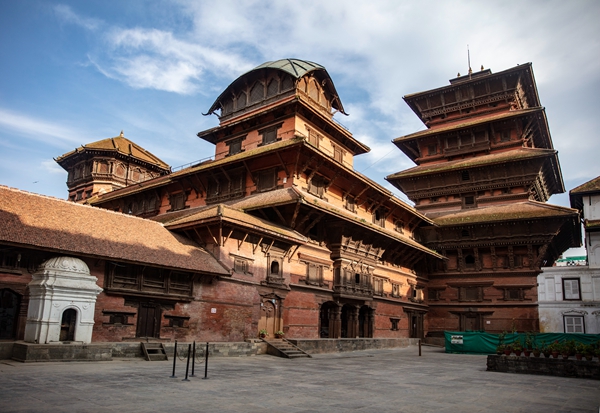

Restoration of the quake-hit Basantapur Palace in Nepal has been completed with Chinese help, Yang Feiyue reports.
Standing on the top story of Basantapur Palace in Nepal, Yuan Mengxi has a hard time relating today's reality with what she saw seven years ago.
The palace complex, which is located in the middle of Durbar Square in the country's capital Kathmandu, was badly damaged in a massive earthquake in April 2015.The nine-story palace, a tourist landmark, was inscribed in the UNESCO World Heritage List in 1979.
The palace not only has great historical significance but is also an architectural feat.
"You can see the whole place from here, and everything is beautiful and in order," says Yuan, 33, who is originally from Zhengzhou, capital of Central China's Henan province, and currently works for the Beijing-based Chinese Academy of Cultural Heritage. She is in Nepal to oversee the restoration of the palace.
"Vendors are selling their goods and visitors are sipping coffee or going about their business, while the mountains stretch in the distance," Yuan says about the scene she sees from the palace.
She made her first work trip to Kathmandu in October 2015, six months after the earthquake shook the city.
She says she was in shock seeing the city after the quake at the time. Heritage buildings in Durbar Square were reduced to rubble, with exquisite wooden statues buried and scattered over a wide area. "Kathmandu valley was still shrouded in the dust from the quake," she recalls.
In the aftermath of the tremors, both the Chinese and the Nepali governments agreed to launch a project aimed at restoring the nine-story Basantapur Palace complex.